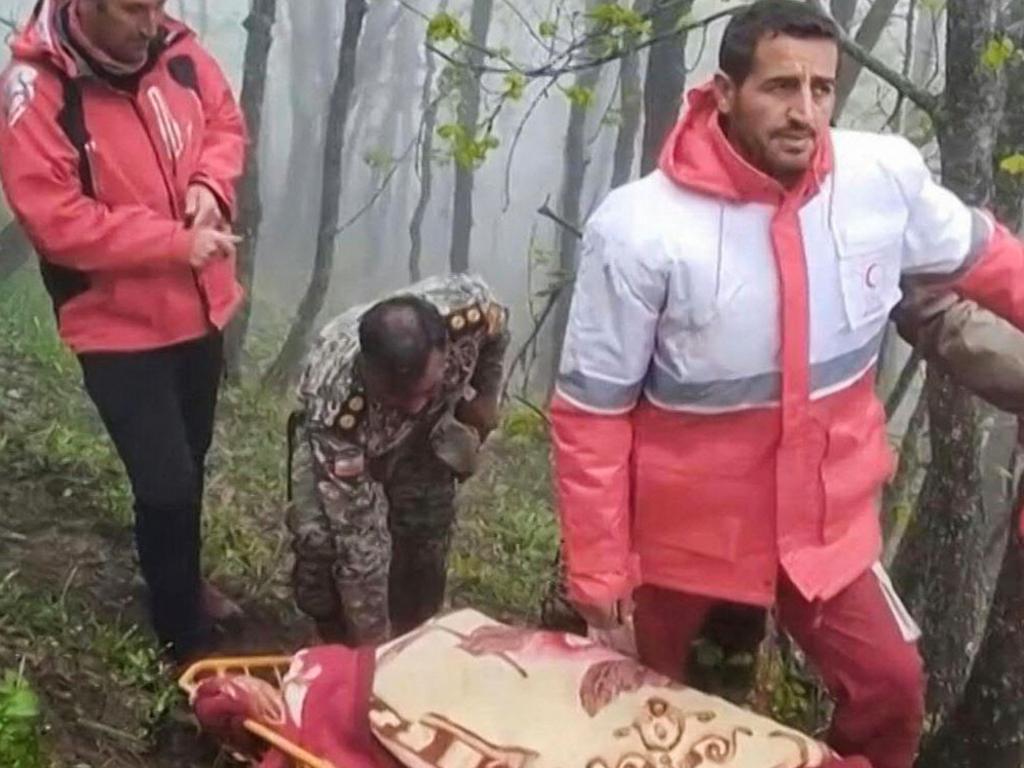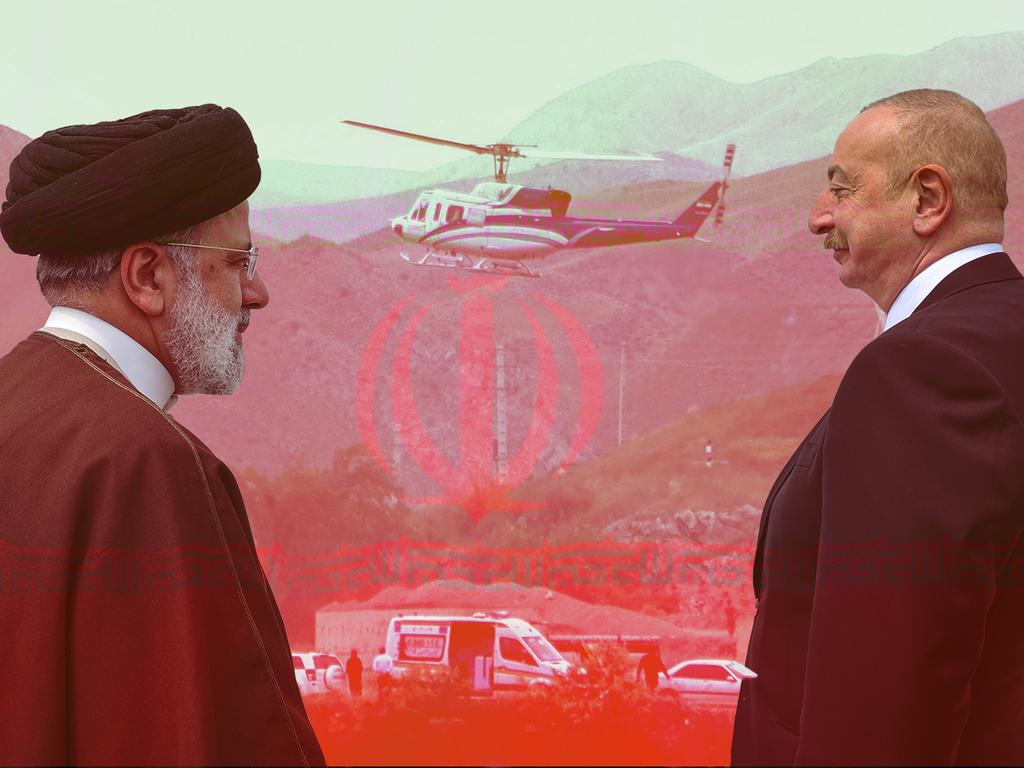
Then the confirmation came through. President Raisi had received a first-hand education in the immutable laws of physics which state that it’s not the fall that kills. It’s hitting the deck at terminal velocity that does all the damage.
At this point, there is no evidence that the crash was anything other than an accident. The Israeli government has remained silent. A US State Department official issued a statement that was little more than a shrug of the shoulders.
Also killed in the crash was Iran’s Foreign Minister, Hossein Amir-Abdollahian, as well as the governor of East Azerbaijan province, Malek Rahmati, and Ayatollah Mohammad Ali Al-e Hashem, a senior Shia cleric who was also Khamenei’s official representative in East Azerbaijan. Others subsequently identified were Iranian Revolutionary Guard Commander Brig-Gen Mohammad Mehdi Mousavi, pilots Colonel Mohsen Daryanush and Col Seyyed Taher Mostafavi, and technician Major Behrouz Qadimi.
Iran has begun a five-day official mourning period. One of the notables at Raisa’s funeral was the current chairman of the Hamas Political Bureau, Ismail Haniyeh, one of the three senior Hamas officials named by ICC prosecutor, Karim Khan in his application for arrest warrants along with Israel’s Prime Minister Benjamin Netanyahu and his defence minister, former IDF General Yoav Gollant.
Haniyeh was formerly the Prime Minister of the Palestinian National Authority. He lives in Qatar. He has a net worth of $USD4bn. He’s not the only Hamas billionaire living in luxury in Qatar but he is the most senior and arguably the wealthiest.
The boss of Hamas is a billionaire. Let that sink in for a minute. This has been rarely reported in the media. The list of Hanayeh’s disgraceful acts is long, including his role in the bloody purge of Fatah in Gaza in June 2007 where Fatah’s political leadership were dragged out of buildings and summarily executed, also rarely reported by the media.
The question arises, how did Haniyeh make that kind of scratch? A bit of luck on Powerball? Investments in petro-dollars? No. Haniyeh made his money by consigning Palestinians to abject poverty, imposing taxes on smuggled goods through tunnel networks underneath Gaza and rip-offs of humanitarian aid.
Hamas prefers to spend money on tunnel building to increase its revenue from its tax on goods smuggled underground into Gaza. They could spend some of these ill-gotten gains on building wells and water treatment but choose not to. Infant mortality rates in Gaza run high, with 12 percent of early childhood deaths due to consuming contaminated water. A dose of diarrhoea can be deadly in Gaza.
Prior to his arrival in Tehran, Haniyeh was on the Arab TV network, Memri, green screened in front of an image of the West Bank, exhorting Palestinians in Jordan, Syria and Lebanon and “in the diaspora around the world” to take up arms and fight Israel.
Easy said from poolside while sipping on a cool one.

Hamas and Iran’s Mullahs share many things in common, Sunni Islamism, ideological and spiritual fanaticism and a thirst for blood while managing to keep their own hands appearing clean.
My dear friend, the late Mark Colvin, who covered the Iranian Revolution in Tehran in 1979, told the story about being dragooned by Khomenei’s men, taken from his hotel with other foreign journalists, ordered onto buses and driven outside the Iranian capital to a quarry lined with a sea of corpses. The thought occurred to Mark and his fellow journalists that they might soon be contributing to the piles of dead bodies, slaughtered en masse.
Instead they were told to film the grim scene and chronicle it before being ordered back on the buses and returned to their hotels. The message was unambiguous. “Tell the world. This is who we are.”

Almost ten years later, Raisi was given the sobriquet of the Butcher of Tehran, when as Iran’s deputy prosecutor he followed written instructions from Ayatollah Khomenei, and executed an estimated 5000 political prisoners. According to Amnesty International, many of those killed were subject to “torture and other cruel, inhuman and degrading treatment or punishment in the process.”
Men, women and some children were hanged from cranes, many others were murdered in their prison cells. The first target of the purge was Mojahedin-e-Khalq (MEK), a revolutionary group that had paired Islamism with Marxism. Once those people were summarily dealt with, Raisa’s attention turned to Iran’s communist party, Tudeh and slaughtered its members.
Raisi stood for president in 2017 but was unsuccessful. In the 2021 election, a shambolic farce where the mullahs determined who appeared on ballots and less than half of the population bothered to vote, Raisi was elected Iran’s President with the imprimatur of the Supreme Leader, Ayatollah Ali Khamenei.
While lacking in charisma and a stilted, almost incoherent orator, Raisi was the hot tip to succeed Khamanei as Iran’s Supreme Leader, if inshallah, Khamanei had the curtains drawn on his appalling life.
Ebrahim Raisi has left the building. Whether his death was an accident or by design may well remain in the deep unknown. Nevertheless in the horrors of middle eastern politics, we must always be thankful for small mercies.








The breaking news headlines swept the world earlier this week. The Iranian President, Ebrahim Raisi was “feared dead” in a helicopter crash. Feared? I can think of a range of other emotions evoked when a mass murderer has fallen off the branch other than a vague sense of dread.